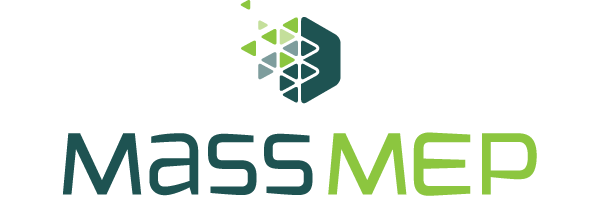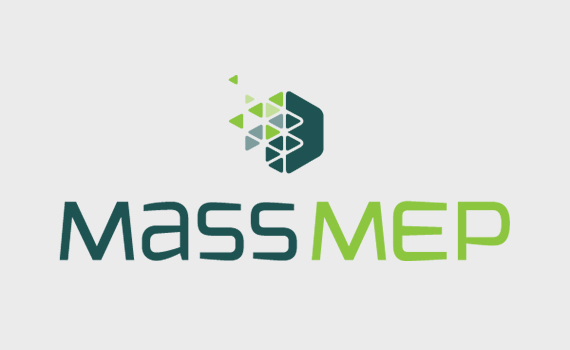
By: Darcy Cook, CHSO, SHS, PTA
Plan-Do-Check-Act has been around since just after WWII when quality pioneers Walter Shewhart and W. Edwards Deming brought us the plan-do-check-act (PDCA) cycle that is intrinsic to many successful quality programs. PDCA has since developed into the foundation for not only quality, but all types of management systems. ANSI/ASSP Z10, CSA Z1000 and ISO 45001 are all based on PDCA methodology.
Manufacturing companies should implement this same process in your OSHA compliance health and safety program. With this system you can teach your employees how to successfully manager your safety in the workplace.
We are invited into companies, and they are often overwhelmed and just don’t know where to begin. They do not have a full-time safety person, but these responsibilities are shared among several employees.
When we do an internal audit to help a company determine where to begin, we see that they do not have a formal process. The fundamental elements of training, policies, a safety committee, internal audits, SOPs, and time to assess information and data are not part of a regular routine.
Safety has many moving parts. There can be communication breakdowns between departments and gaps in information, compliance and safety practices are created. There needs to be a hierarchy of communication and regular safety committee meetings to maintain your safety program. Step One: establish a safety committee. Step Two: have them meet regularly and consistently.
The PDCA process is a simple methodology that any company can use to improve their safety and health management process.
Plan cycle involves choosing objectives and developing methods to achieve them. These methods could include workplace inspections, behavioral audits, training, policies and procedures, reward programs and meetings. In this step, we say what we will do.
Do cycle involves implementing the methods that have resulted from our planning. Initially, this may involve some experimentation, but the result is that we do what we said we would do in the planning stage.
Check is a significant step in the process but is often overlooked. This step confirms that we are doing what we said we would do. Some amount of variance and drift occurs in every process, but without checks in place, the variances and drifting are allowed to grow, thus, increasing the risk of injury.
Act is a review process that studies variances from, drifts in, and breaches of the system and provides changes to the plan step. The act step ensures that the safety management system continues to improve. System reviews can be integrated by including these discussions as agenda items in manager and supervisor meetings.
Companies are faced with having to figure out what Federal, State and Local Laws and Regulations apply to their companies, then implement a safety and health program. This can be scary and frustrating process to navigate through the options. “How do you eat an elephant?” One bite at a time. You need to use the same approach with safety. Try using a 12-month safety calendar and focusing on one group of topics at a time. When you reach December start all over again. Each year, you will make your program better than the last year.




